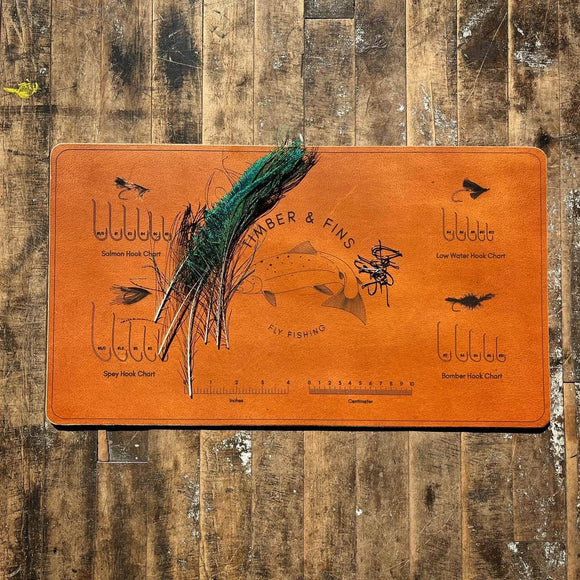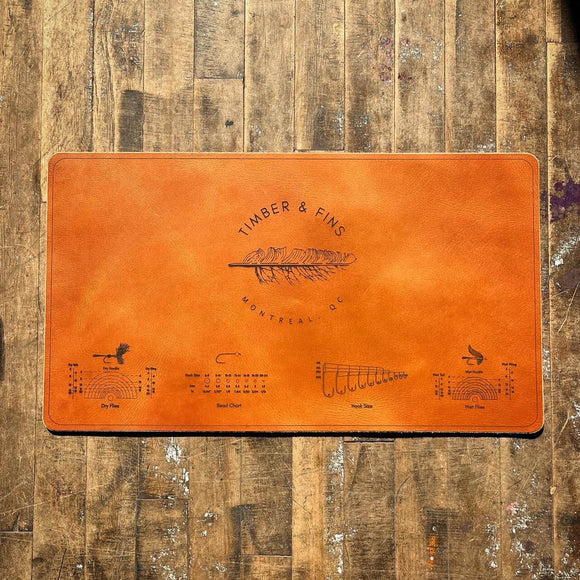Recipe:
Thread: White for the rear of the fly and black for the front and head.
Tag: Silver Tinsel.
Body: First half: yellow seal fur. Second half : black seal fur.
Hackle: First half yellow hackle. Second half black hackle.
Tail: Golden Pheasant Crest/Golden Pheasant Tippet Strands.
Ribs: First half: silver oval tinsel. Second half: silver flat tinsel/mylar.
Throat: Teal.
Wings: Two strips of white turkey/peacock.
Sides: “Drooped” jungle cock.
Head: Black thread finished with your choice of head cement.
Hook Choice:
“Dee” style flies such as the Akroyd are typically tied on a long-shanked hook. Such patterns can certainly be tied on traditional up-eye salmon irons, however, the proportions and aesthetics may differ from that of the traditional dressings.
My personal choices for these flies are:
- Ahrex HR 418 (#1/0, 1).
- Daiichi 2271 (#1, 2).
- Mustad 3665a (#2).
- Partridge Blind-eye Barleet style hooks (Partridge CS10/3).
Step by step instructions:

Step 1: Tie in silver tinsel tag.

Step 2: Tie in Golden Pheasant crest/Golden Pheasant tippet.

Step 3: Tie in yellow rooster hackle.

Step 4: Tie in rear rib (oval tinsel).

Step 5: Cover rear half of body in yellow seal fur dubbing.

Step 6: Wrap ribbing forward, followed by hackle.

Step 7: Switch to black thread and tie in black spey hackle.

Step 8: Tie in front rib (flat tinsel).

Step 9: Cover front half of body in black seal fur dubbing.

Step 10: Wrap tinsel forward, followed by black spey hackle.

Step 11: Tie in teal collar, pulled down as a throat.

Step 12: Tie in Jungle Cock eyes “drooped” off the center line of the body.

Step 13: Cut matching wing slips from a pair of tail feathers (turkey, peacock).

Step 14: Tie in wings to form a “V” from above. The exact shape of these wings may differ depending on what style/variant of a dee fly you are tying. The traditional style calls for wider, flat slips in the “V” shape, as opposed to a more upright wing.

This step can be the most difficult of the tying process. Be sure to use tying wax. Try making 2-3 wraps to secure the wing, then adjust as you see fit. Tying in the wings on an even, flat head is crucial. Attempting to tie flat wings on an uneven foundation can result in the wing slipping and thread “avalanching”… this can result in the use of foul language from time to time.

Step 15: whip finish and varnish your head.
FLIES


Steelhead Fly Pack


Salmon Fly Pack - #1


Salmon Fly Pack - #2

Black Silver Tip
FLY TYING


Salmon Fly Tying Leather Mat


Fly Tying Leather Mat


Heritage Fly Tying Leather Mat






